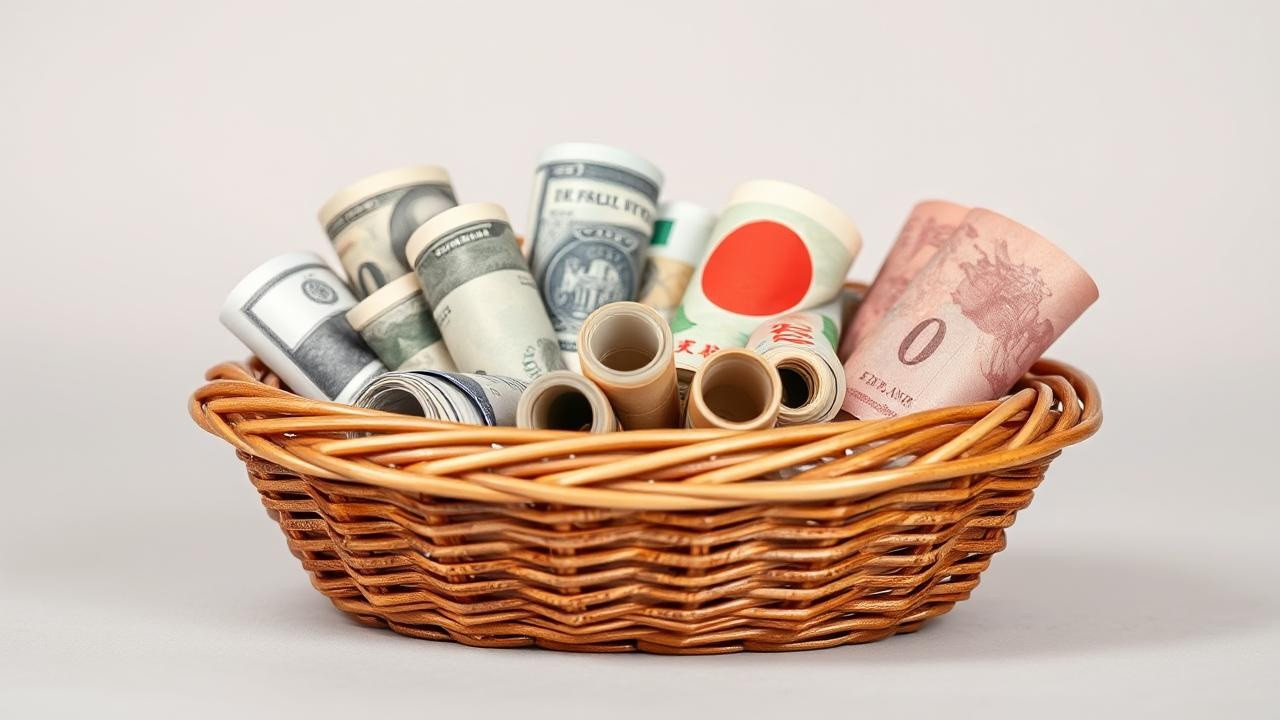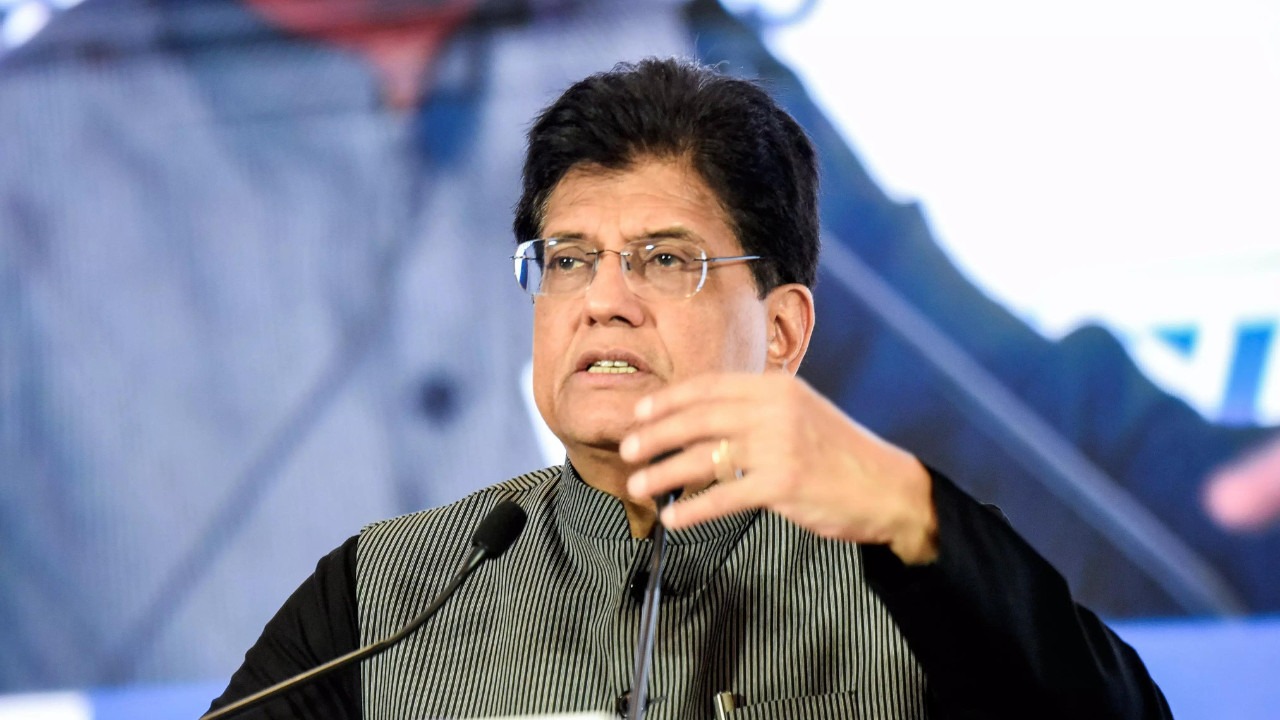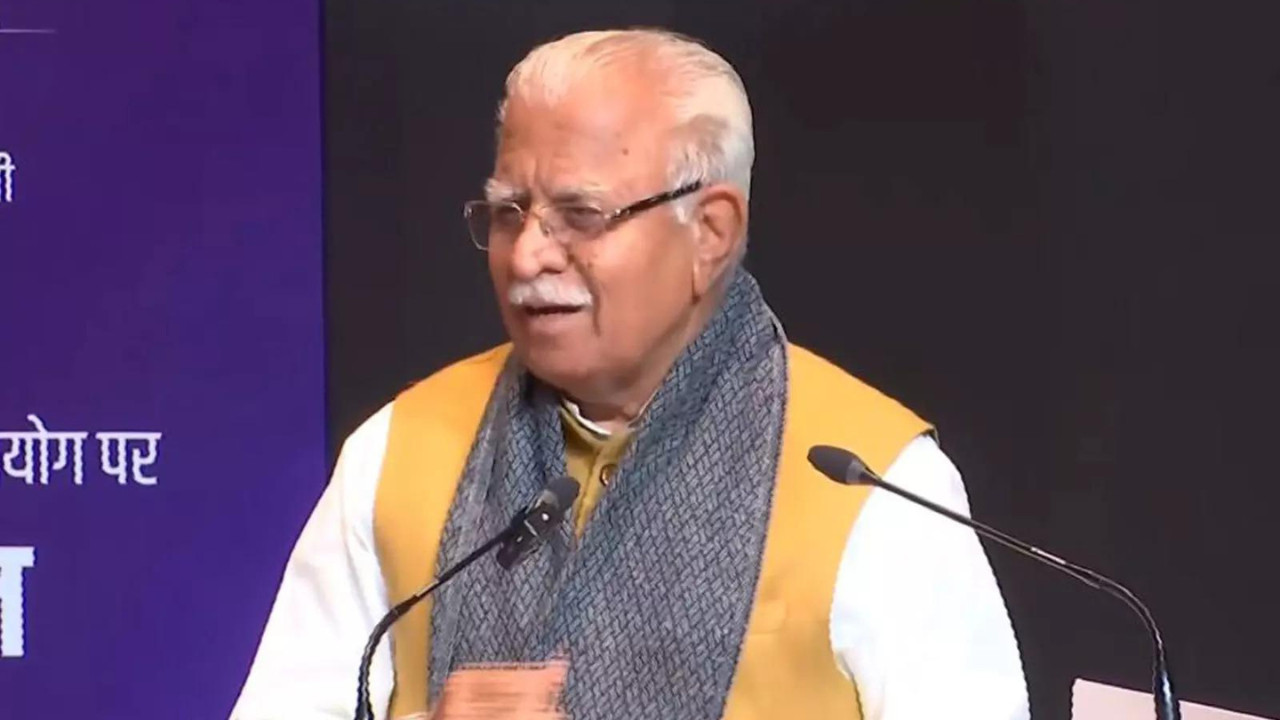India’s foreign exchange reserves saw a significant decrease. The reserves dropped by $9.322 billion, reaching $688.871 billion. This decline occurred for the week ending on August 1. Foreign currency assets experienced a fall of $7.319 billion. Gold reserves also decreased by $1.706 billion. Special Drawing Rights and India’s reserve position with the IMF also witnessed declines.
India’s Forex Reserves: A Dip, But Should We Worry?
The financial headlines this week weren’t exactly screaming “bull market.” Instead, they highlighted a noticeable dip in India’s foreign exchange (forex) reserves. The Reserve Bank of India (RBI) reported a substantial decrease of $9.32 billion, bringing the total down to $688.87 billion. That’s a headline-grabbing number, so naturally, the question arises: what’s behind this decline, and should we be concerned?

The biggest contributor to this drop was a decrease in foreign currency assets (FCAs), which form the lion’s share of India’s total reserves. FCAs are essentially a basket of currencies like the Euro, Pound, and Yen, held by the RBI. They’re used to manage exchange rates and international trade. A reduction in FCAs often suggests the central bank intervened in the currency market, likely selling dollars to stabilize the rupee. Given global economic uncertainties and fluctuations in the value of the rupee, it’s not surprising to see the RBI taking action to maintain a stable financial environment.
Why Does the RBI Intervene in the Forex Market?
Think of the Indian rupee like a seesaw. On one side, you have the forces that push its value up (like strong exports and foreign investment), and on the other, the forces that pull it down (like high imports and global economic anxieties). The RBI acts as a moderator, adding weight to either side to prevent wild swings that could destabilize the economy.
When the rupee weakens too quickly, the RBI might sell dollars from its forex reserves and buy rupees. This increases the demand for rupees, pushing its value back up. Conversely, if the rupee appreciates too rapidly, the RBI could buy dollars, increasing the supply of rupees and preventing the currency from becoming overvalued. This delicate balancing act is crucial for maintaining competitiveness in international trade and controlling inflation.
Gold Reserves and the Overall Picture
It wasn’t just FCAs that saw a decline. India’s gold reserves also experienced a slight dip. While smaller than the reduction in FCAs, it still contributed to the overall decrease. Gold is often seen as a safe-haven asset, and central banks hold it to diversify their reserves and provide a buffer against economic shocks. Fluctuations in the value of gold, and sometimes strategic sales, can impact the level of gold reserves.
Beyond FCAs and gold, India also holds Special Drawing Rights (SDRs) with the International Monetary Fund (IMF) and reserve positions with the IMF. These components also contribute to the overall forex reserves figure. While they represent a smaller portion, changes in their valuation or utilization can also affect the total reserves.
Should We Be Alarmed by Declining Forex Reserves?
While a decrease of $9.32 billion sounds significant, it’s crucial to put it into perspective. India still holds a substantial war chest of $688.87 billion in forex reserves. This buffer provides a significant cushion against external shocks, allows the country to finance imports comfortably, and helps maintain investor confidence. The RBI’s actions suggest a proactive approach to managing currency volatility, rather than a sign of economic distress.
Remember, forex reserves are not meant to be static. They are a dynamic tool used by the central bank to navigate the complexities of the global economy. A temporary dip doesn’t necessarily indicate a crisis. Instead, it could signal prudent management of the country’s financial resources in the face of global headwinds. To delve deeper into similar economic trends, explore our analysis of [India’s GDP growth](internal-link-to-gdp-article).
The Future of India’s Forex Reserves
The trajectory of India’s forex reserves in the coming months will depend on a multitude of factors, including global economic conditions, the direction of the rupee, and the RBI’s intervention strategy. While short-term fluctuations are inevitable, India’s strong economic fundamentals and the RBI’s proactive approach suggest that the country is well-positioned to weather any potential storms. Continuously monitoring key economic indicators and the RBI’s policy decisions will provide valuable insights into the future direction of these critical reserves.







